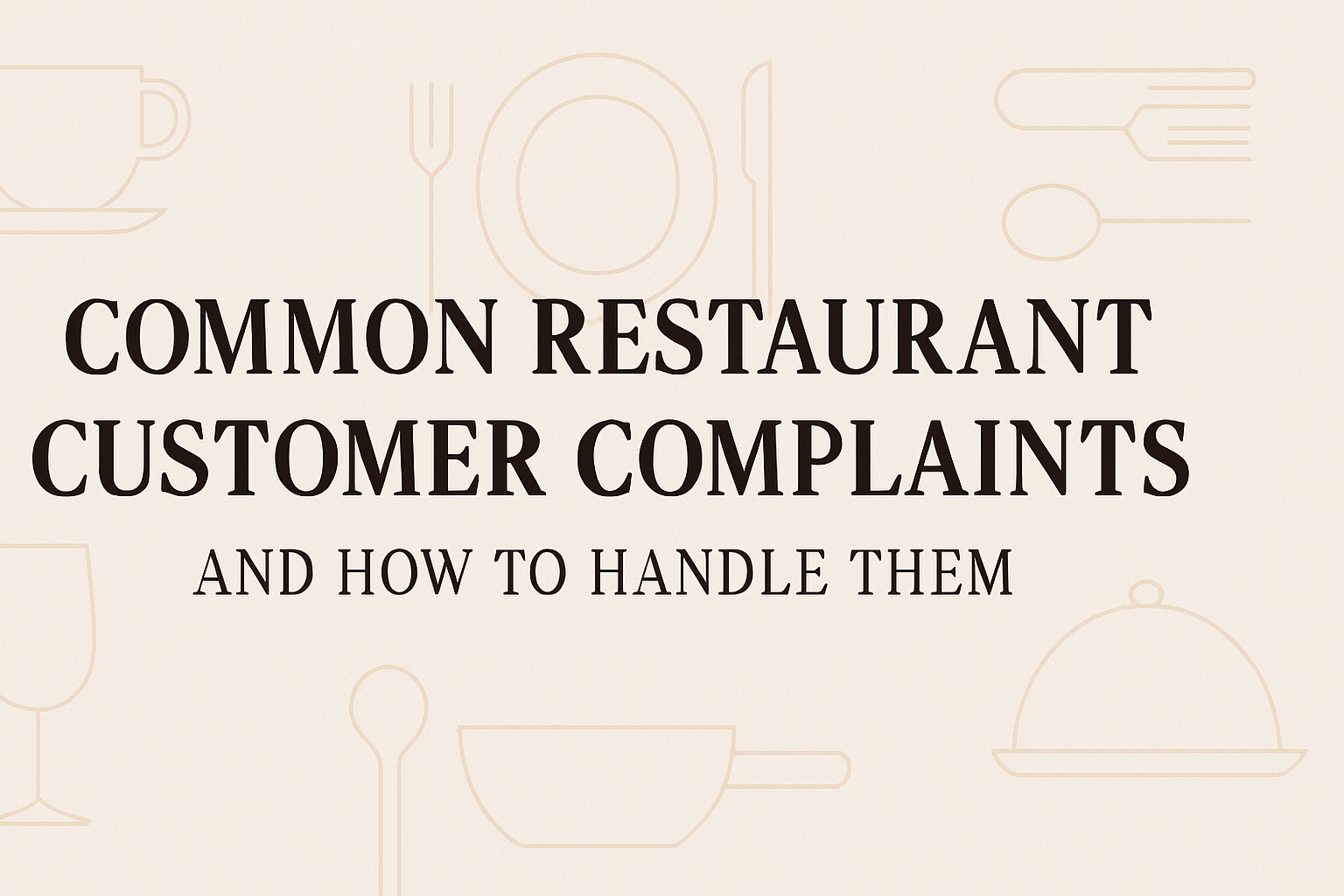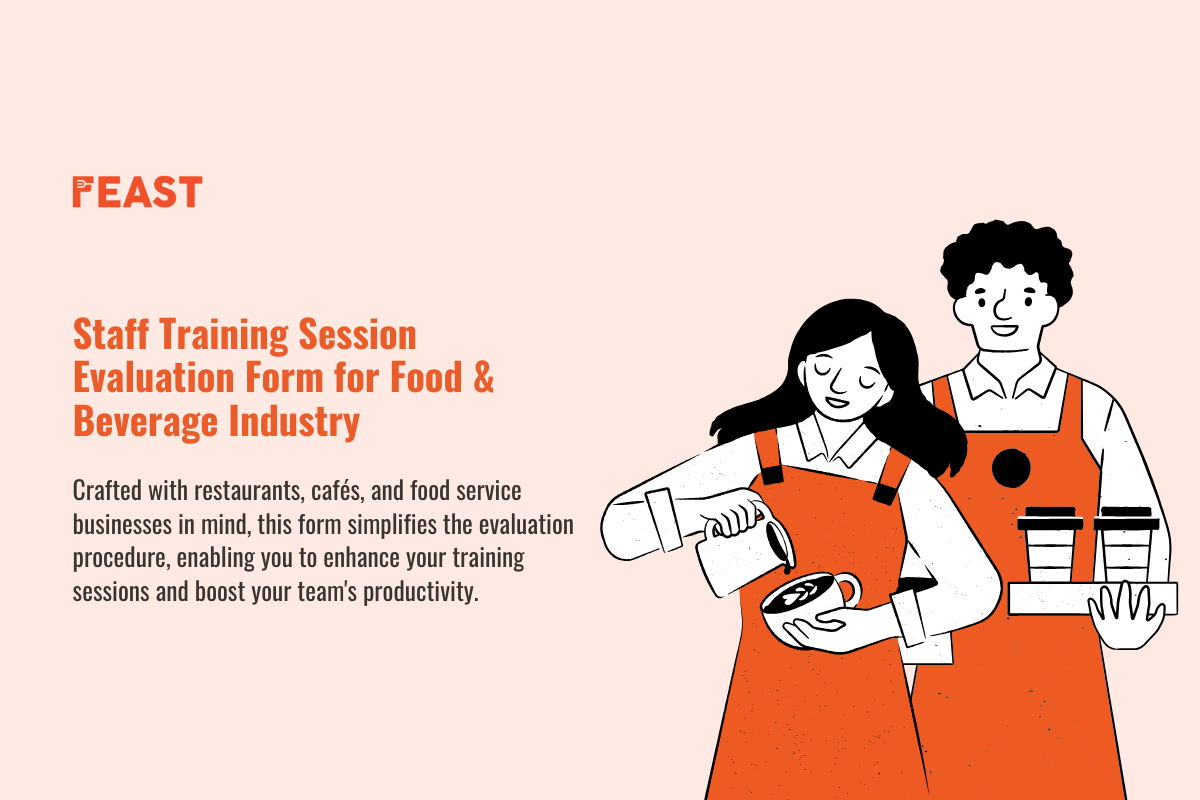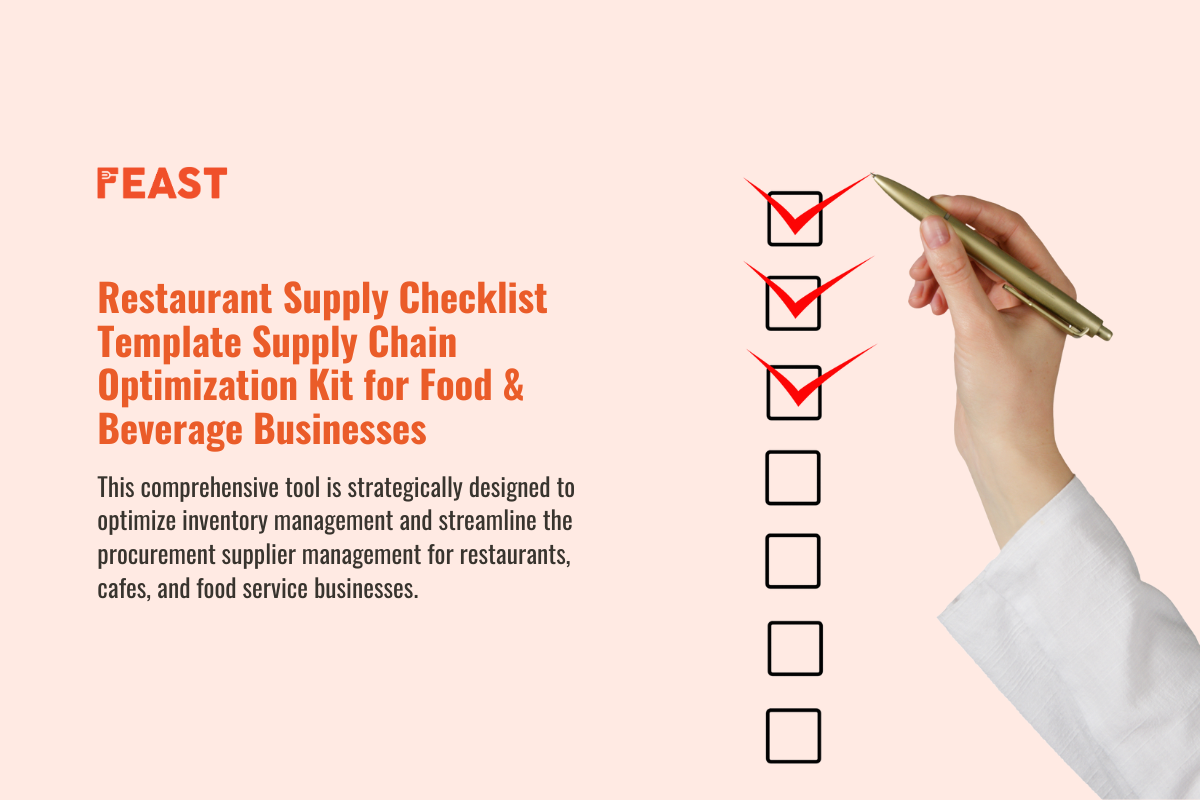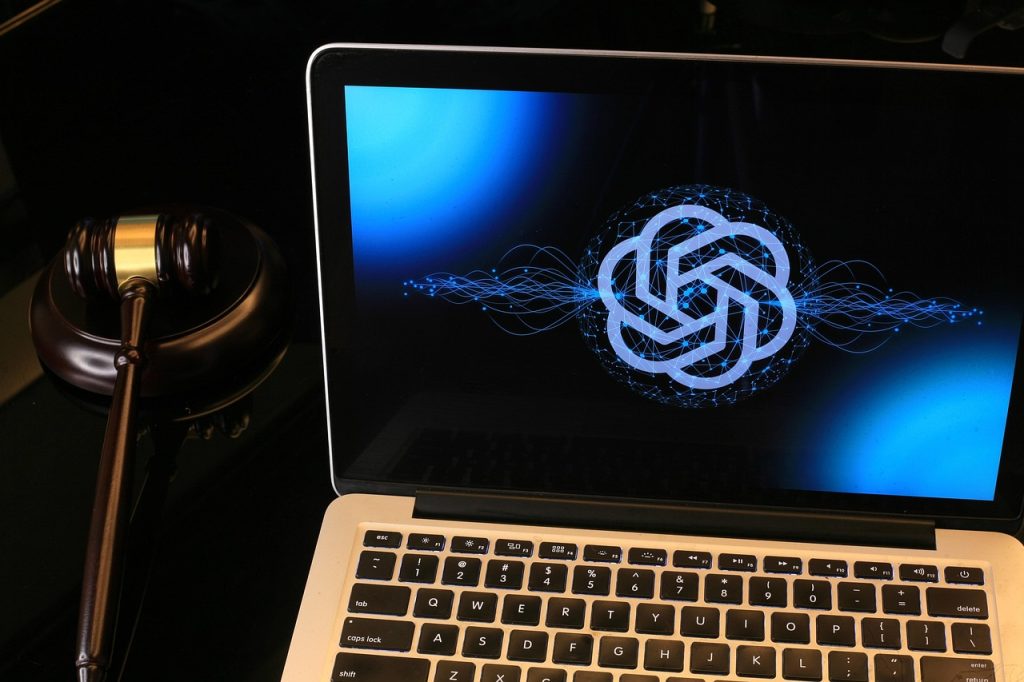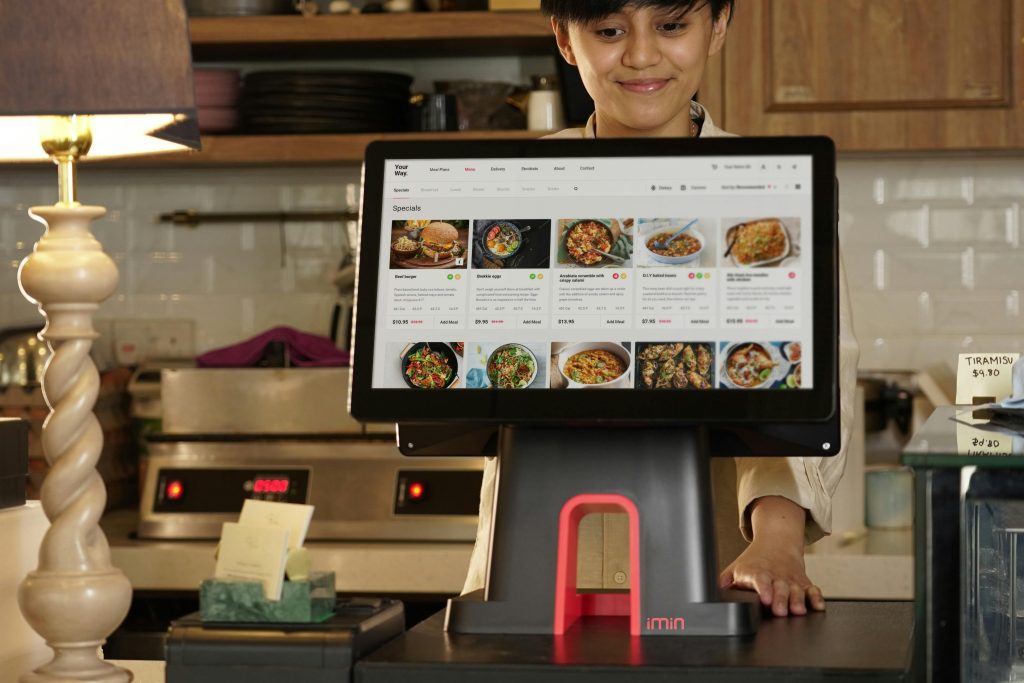When you serve food, you know that happy guests come back, and unhappy guests don’t. Customer complaints are something every food business faces. But the way you handle these complaints decides whether your guest gives you another chance or walks away forever. According to a survey by ReviewTrackers, 60% of customers will stop visiting after just two poor experiences. That shows why handling complaints in restaurants is so important. Let’s look at the most common restaurant customer complaints and how you can solve them in the right way.
1. Low Quality Food
One of the biggest complaints in restaurants is about food quality. Guests expect fresh ingredients, good taste, and consistent dishes every time. If they feel the food is stale, undercooked, or not the same as last time, they will be disappointed.
To deal with this, you must have a complaint-handling procedure in place. Always check the freshness of ingredients, train your kitchen staff to maintain consistency, and never compromise on hygiene. If a guest complains about low-quality food, acknowledge the issue and offer to replace the dish immediately. A small gesture like this shows that you care.
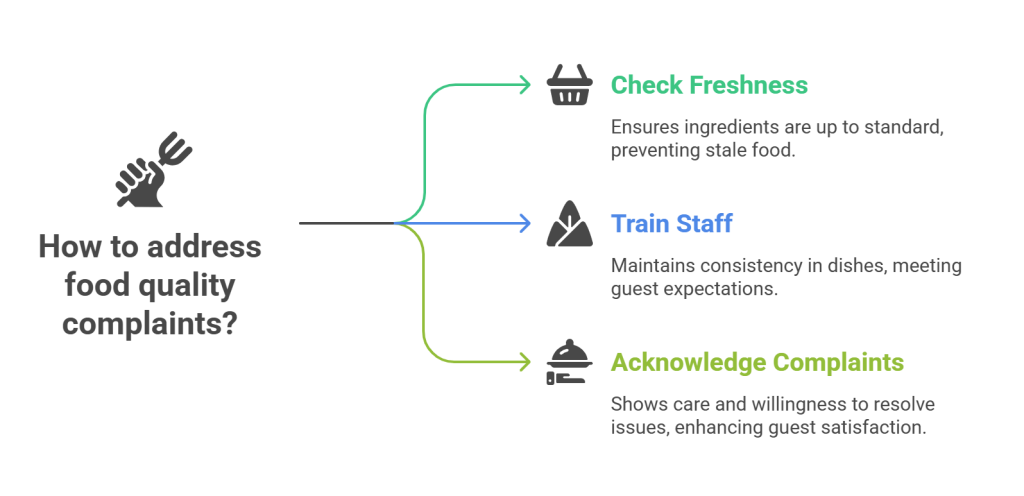
2. Order Mix Up
Order mix-ups are frustrating for guests. Imagine ordering nasi lemak and getting char kuey teow instead. These mistakes happen when orders are not managed properly.
You can avoid this issue with technology. The EasyEat POS system can help you segregate all your orders. It separates dine-in, takeaway, and delivery orders so your staff doesn’t confuse one with another. With clear order tracking, your guests get the right food on time. This simple step saves you from unnecessary complaints in restaurants and keeps your guests happy.
3. Slow Service
Nobody likes waiting too long for food. If your service is slow, guests will feel ignored and may even leave before eating. Research by Deloitte shows that 23% of diners are not willing to wait more than 10 minutes to place an order. This proves how important speed is.
A POS system can help here, too. It speeds up order-taking, sends tickets directly to the kitchen, and reduces manual work. This helps your staff serve faster, especially during peak hours. When you deal with customer complaints about slow service, explain honestly and assure them it won’t happen again. But in the long term, invest in the right tools to improve speed.
4. Poor Customer Service
Food is important, but the way you treat guests is equally important. Poor service, like rude staff, lack of attention, or ignoring special requests, can leave a bad impression.
Complaint handling in this case means training your team. Teach them to greet customers warmly, listen carefully, and respond politely. If a guest complains, apologize sincerely and offer a solution like a complimentary drink or dessert. Small actions can turn an unhappy guest into a loyal one.
5. Unclean Restaurant
Cleanliness is non-negotiable. If your tables, washrooms, or kitchen are dirty, guests will not trust your food. A study by PWC found that 92% of customers are unlikely to return if they find the restaurant unhygienic.
The solution is to make cleanliness a part of your daily routine. Schedule regular cleaning, maintain checklists, and monitor staff to make sure standards are followed. If someone complains about cleanliness, take it seriously and fix the issue immediately.
6. Overpriced Menu Items
Guests compare prices easily today. If they feel your menu is overpriced for the portion or quality, they may never come back.
Here, your POS system can be very helpful. It gives you reports about your best-selling dishes. You can see which dishes are bringing in profit and which are not. By promoting high-margin dishes, you can balance your menu.
Also, procurement management software helps you track ingredient costs and calculate your cost of goods sold (COGS). For example, if chicken costs RM 40 per kg, you need to know how much goes into each dish and whether your selling price makes sense. By using data, you can price dishes fairly without hurting your profits.
7. Atmosphere of the Restaurant
Sometimes, the complaint is not about food but about the overall atmosphere. Maybe the lighting is too dim, the music is too loud, or the seating is uncomfortable. These small details affect how guests feel.
To handle this, pay attention to feedback. Ask your guests if they are comfortable, and adjust things like temperature, seating, and sound levels. Dealing with customer complaints about the atmosphere means showing that you care about their comfort.
8. Food Poisoning
This is the most serious complaint. If a guest feels sick after eating at your place, it damages your reputation and may even lead to legal issues.
The only way to avoid this is through strict food safety. Store ingredients at the right temperature, train staff on hygiene, and follow expiry dates carefully. If someone reports food poisoning, follow your complaint handling procedure by apologizing, investigating immediately, and taking corrective action. Never ignore such complaints.
Why Proper Complaint Handling Matters
Restaurant customer complaints are not just problems; they are opportunities. Every complaint tells you where you can improve. If you deal with them in the right way, you can win back trust.
Guests appreciate honesty, quick action, and genuine care. Having systems like EasyEat POS and procurement management software helps you prevent complaints and handle them better when they happen.
Turning Complaints into Loyalty Opportunities
It may sound surprising, but not every complaint is a bad thing. When someone takes the time to complain, it means they still care enough to give you feedback. If you handle that situation well, you can turn an unhappy guest into one of your most loyal supporters.
For example, imagine a guest complains that their nasi lemak was cold. Instead of arguing or ignoring it, you quickly apologize, replace the dish, and maybe even offer a free drink as a gesture. That guest will likely feel valued and respected. Research by Harvard Business Review shows that customers who have their complaints resolved quickly are 70% more likely to return.
This is why dealing with customer complaints in the right way is so powerful. A respectful and quick response often builds more loyalty than if the guest had never had a problem in the first place. It shows them that you care, you listen, and you are willing to take action.
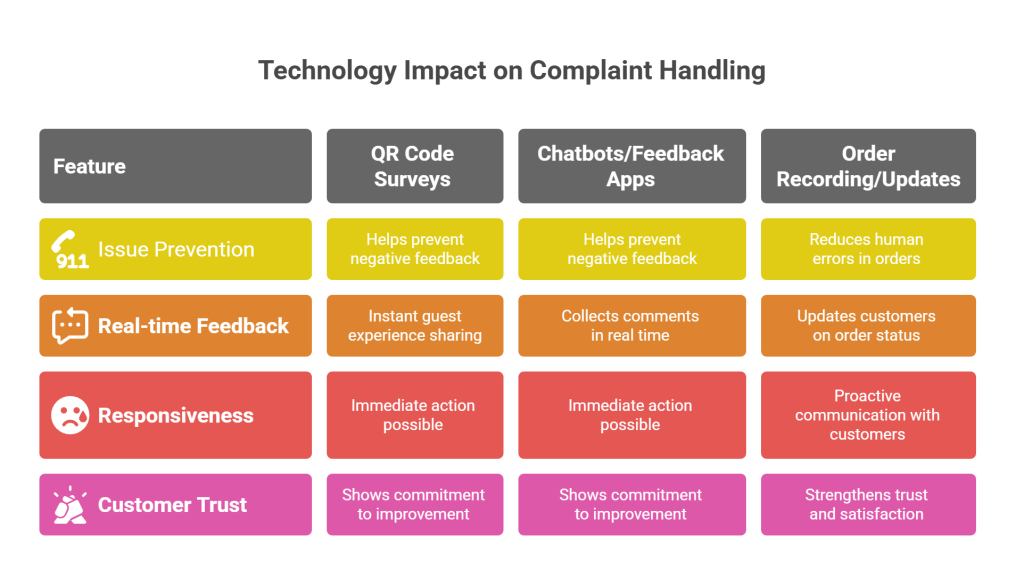
Role of Technology in Complaint Handling
Technology today makes complaint handling much easier and faster. While a POS system already helps you prevent common issues like order mix-ups and slow service, other tools can improve the way you respond to feedback.
For example, QR code surveys on tables allow guests to share their experience instantly, even before they leave. Chatbots and feedback apps can collect comments in real time and alert you when something goes wrong. This way, you can act immediately instead of finding out later through a negative online review.
Technology also reduces human errors. Orders are recorded, service is faster, and updates can be sent directly to customers about their order status. For instance, if delivery is running late, a quick SMS update reassures the customer instead of leaving them frustrated.
By using these tools, you show guests that their voice matters and that you are committed to improving. This not only helps in dealing with customer complaints but also strengthens trust in your business.

